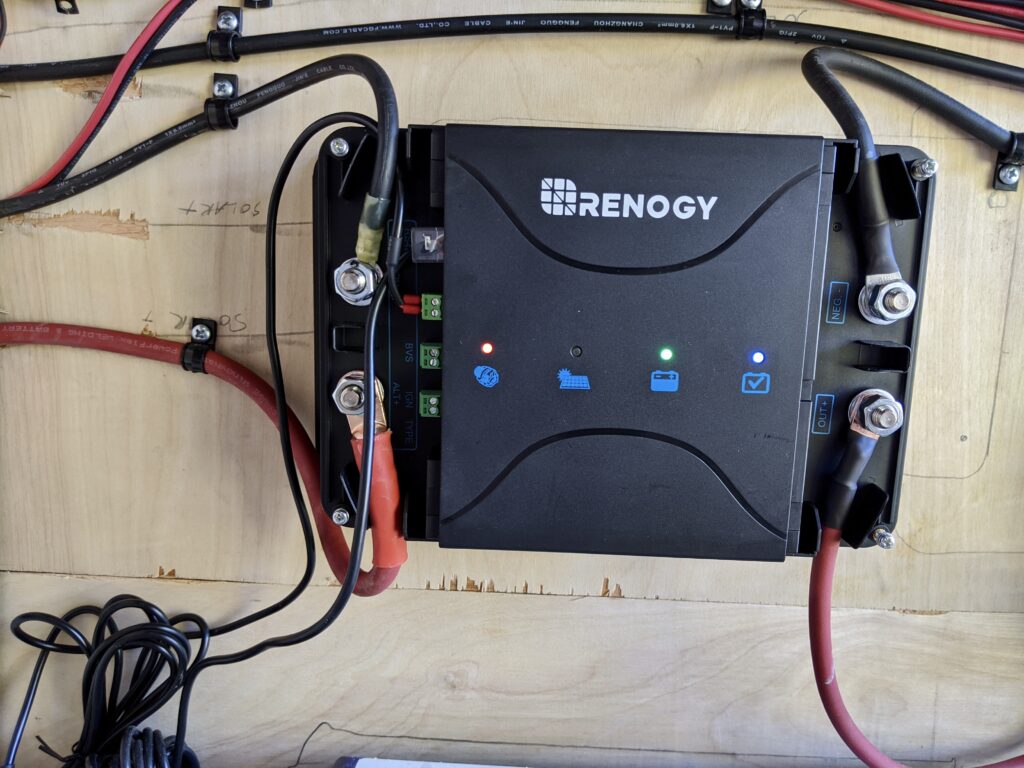Professor Fate
Push the button, Max...
First I'll explain my situation and thought process.
I've got a camper, and a utility trailer; both with 12v deep cycle batteries and electrics. Solar charging is not always viable for various reasons, SO-
I'm thinking along the lines of adding a secondary charging circuit to my tow vehicles (a wagon and a pickup) that is run in parallel to the vehicle's charging system; ie a second VR connected to, say, 10g wires with an appropriately sized breaker run to the rear bumper near the trailer light plug, with a plug similar to an electric winch plug that would allow me to plug the trailer's battery in and recharge while in transit (or on cloudy days or parked in shaded areas). Plugs like these:

Both vehicles use the Denso 90/120a alternators (early 90s Dodge pickup variety), so the additional current load should not be an issue...
Does anybody see any glaringly obvious issues with a setup like this? I'd like to keep the two circuits independent of each other without adding a second alternator. 10g sound about right? 30 ish amp breaker? Or am I having '60s LSD flashbacks?
I've got a camper, and a utility trailer; both with 12v deep cycle batteries and electrics. Solar charging is not always viable for various reasons, SO-
I'm thinking along the lines of adding a secondary charging circuit to my tow vehicles (a wagon and a pickup) that is run in parallel to the vehicle's charging system; ie a second VR connected to, say, 10g wires with an appropriately sized breaker run to the rear bumper near the trailer light plug, with a plug similar to an electric winch plug that would allow me to plug the trailer's battery in and recharge while in transit (or on cloudy days or parked in shaded areas). Plugs like these:
Both vehicles use the Denso 90/120a alternators (early 90s Dodge pickup variety), so the additional current load should not be an issue...
Does anybody see any glaringly obvious issues with a setup like this? I'd like to keep the two circuits independent of each other without adding a second alternator. 10g sound about right? 30 ish amp breaker? Or am I having '60s LSD flashbacks?

















